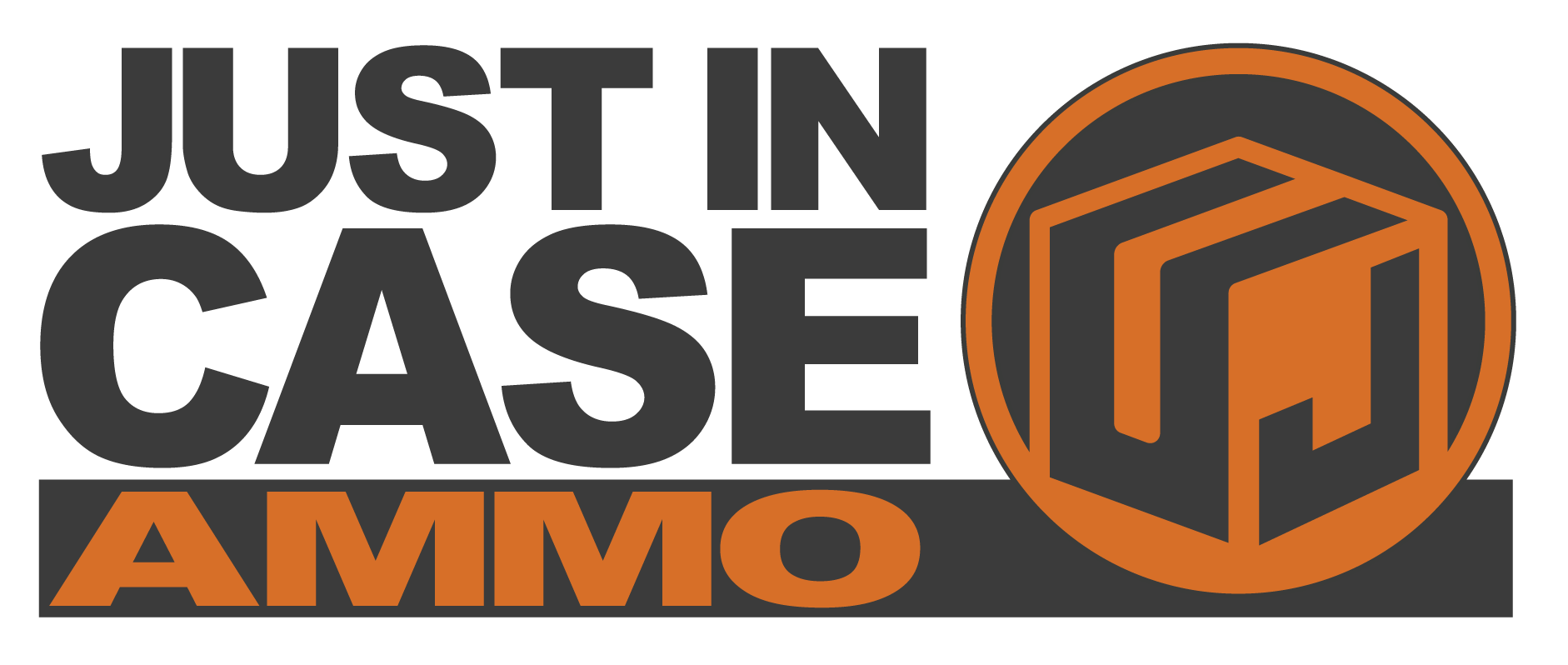Does bonded mean better? Not necessarily.
When it comes to defensive handgun bullets there’s a misconception that bonded bullets are more lethal than non-bonded bullets.
Some believe that the bonding of the bullet’s jacket to its core will make the bullet stop bad guys faster.
Bonded defensive handgun bullets do have some advantages over their non-bonded counterparts, but you might be surprised to learn just exactly what those advantages are.
How Bullets Work
Before we get into the differences in bonded and non-bonded bullets, let’s look at how bullets work to stop bad guys.
From the moment a bullet impacts a threat it starts to deform.
The amount of deformation that occurs is determined by the bullets impact velocity, its construction, and what it impacts.
Optimally, the bullet’s jacket will peel back exposing the lead or lead alloy core, and this flowering or opening of the bullet will cease when its overall frontal diameter has increased by about 1.5 times its original diameter.
Bullets that open with a smaller diameter can over penetrate and bullets that open with a larger diameter can fail to penetrate enough.


What you may find surprising is that this deformation, which is also called expansion, begins and ends, within about three inches of penetration.
After penetrating that deep the bullet has slowed to the point that there is not enough remaining velocity/energy to cause additional shape change.
At this point the bullet is just poking a hole that is equal to its deformed frontal diameter.
FBI Handgun Bullet Protocol
Up until the latter part of the last century most defensive handgun bullets were not bonded.
However, after the notorious FBI shootout in Miami, the FBI began to look more closely at how defensive handgun bullets performed.
Not only did they want a bullet that would deform to 1.5 times its original diameter, but they also wanted it to penetrate between 12 and 18 inches in 10 percent ordnance gelatin, which was the test media they felt best replicated soft human tissues.
A lot of defensive handgun bullets could meet this requirement, but the FBI complicated the standard by asking that the bullet deliver this level of performance after passing through a variety of intermediate barriers like heavy clothing, wall board, plywood, sheet steel, and auto glass.
Handgun Bullets vs Barriers
Based on their data, the FBI felt their agents were likely to have to shoot through barriers such as these to hit the bad guys they might be shooting at.
Extensive testing had shown that many conventical defensive handgun bullets could not deliver the desired terminal performance after encountering these barriers.
In some cases, the barriers pulled the jacket away from the core and this limited the bullet’s wounding potential.
One of the ways bullet manufactures responded was to bond the bullet’s jacket and core together.


These alterations proved effective at delivering the barrier defeating terminal performance the FBI was looking for.
It is a fact that law enforcement officers are more likely than civilians to have to shoot through a barrier to hit a bad guy.
In most instances where a civilian uses a defensive handgun, it is a shooting, not a shootout.
And, when the only barrier between the gun and the bad guy is clothing, the bonded bullets do not offer a substantial increase in terminal performance.
In fact, when clothing is the only intermediate barrier, some non-bonded bullets perform just as well or even better than their bonded counterpart.
Price of Bonded vs Non-Bonded
Another difference between bonded and non-bonded defensive handgun ammunition is price.
As an example, Remington’s bonded version of their Golden Saber – brass jacketed hollow point bullet – will cost between 25 and 75 cents more per round more than their non-bonded brass jacketed hollow point loads.
This works out to about a 50 percent increase in price but, it’s really not a lot of money.
If you rotate your carry ammo once a year, you’ll only need about two boxes per year, which works out to a yearly price increase of only about $20.
Monometal Defensive Handgun Bullet Options
Another very good defensive handgun bullet that gets overlooked in the bonded/non-bonded bullet argument is the mono-metal bullet.
A mono-metal bullet like the Barnes TAC-XP does not have a jacket or a core, it is simply a solid piece of copper with a large hollow point that causes the bullet to deform similar to jacketed hollow point bullets.
The Barnes TAC-XP bullet delivers very good terminal performance in normal situations and through barriers.
For the civilian who is carrying a concealed handgun for personal protection, bonded, non-bonded, and mono-metal bullets are all good choices.
What is just as, if not more important, is that the ammo you choose for your defensive handgun will function with 100 percent reliability.
The best bullet in the world will not help you at all if you cannot get it to the threat.






